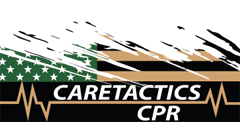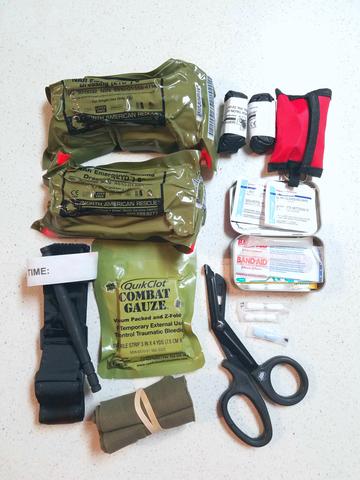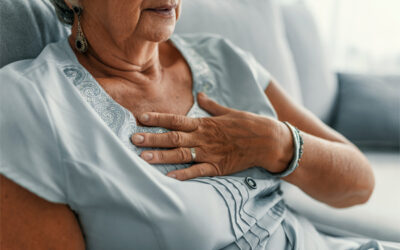The word IFAK (Individual First Aid Kit) often makes us reminisce of that high strung neighbor that is preparing for an apocalypse scenario. In reality, we believe that all people who have first aid training should have one, and at the minimum, keep it in their car. You never know when an emergency could happen and it is best to have an IFAK at least available, especially when lives could be on the line. Leaving your IFAK at home will be a decision you may regret for the rest of your life if it was all you needed to save a life. Next, we run into the largest question of IFAKs on the internet: What exactly do I put in it? This question has plagued entire forums with hundreds of folks arguing over what is necessary and what is not, but in reality, that question is just as subjective as the answer. Are you in a war zone and need to patch up puncture wounds? A good samaritan helping people in an automobile accident? Or are you going on a weekend hiking/camping trip with some friends, and want to be prepared? These questions will ultimately aid you in deciding for yourself what you need or what you don’t, so let’s get to building one. Here’s what you’ll need:
- Tourniquet. I recommend a tourniquet in every IFAK. The reason is simple; when a casualty has a major arterial bleed that is too large to patch up and stop the bleeding, they can be at risk for loss of life within minutes if they are not transported to an emergency medical center. We recommend the Combat Application Tourniquet (CAT) style of tourniquet, because it can be applied with one hand, comes with a place to right the time of application, and are technically reusable, although if you actually needed to use one, I don’t think you are going to want it back.
- QuikClot or Celox. These puppies are typically used for arterial or venous bleeds, and they do a great and fast job. Make no mistake, these aren’t meant to be a substitute for trauma dressings or tourniquets, and they have received some criticism from the medical community for being extremely hard to clean out of a wound, especially deep lacerations. However, they have their role in helping stop major bleeding that cannot quickly be stopped by otherwise using trauma dressings or gauze and a good pressure, and are a necessary component to your IFAK. As a last resort, they are also an option for arterial bleeds where a tourniquet is needed, but cannot be applied effectively, such as a puncture wound in the armpit.
- Trauma Dressings/Gauze. Here is where the community on IFAKs likes to shake things up. Personally, I prefer to carry one or two 6” emergency trauma dressings or Israeli bandages. Others, opting for a little more versatility, will opt for a roll or two of gauze, and apply pressure using medical tape, which will then most likely require you to carry a pair of shears. The versatility comes in the aspect of being able to tape chunks of gauze in places that trauma dressings don’t do as good of job, such as on the jawline or foot (with shoes on). It is ultimately up to you, but I personally think things get a little messy with the tape/gauze method. If you are backpacking or rock climbing, you may want to opt for more of the versatility that comes with the gauze/tape/shears for isolated lacerations and punctures.
- PPE/Wound Cleansing. Everyone likes to do it differently. I have a CPR mask primarily because I am a germaphobe and don’t want to go mouth to mouth with possibly a complete stranger, and that does have some medical implications as well (Diseases transmissible through skin contact/bodily fluids such as HIV). Nitrile gloves are a must, and I recommend at least two pairs. Do not use latex; some people have allergies to latex and you don’t want to make a situation worse. You may also opt for some saline solution if you aren’t near a clean water source or in an area that the casualty would be more prone to infection. I have about 5 alcohol pads that I keep in my IFAK to sanitize wounds, and Neosporin wipes for disinfecting smaller scratches and cuts.
- A Bag. Find a bag that suits your needs. You won’t want a large one, just one that will snugly hold all your goodies inside. My only point of recommendation on these is that you get something that is waterproof, or have the content on the inside the bag in a waterproof container. I see many people overlooking this aspect, but feel it is very important. When I was in the U.S. Navy performing operations with search and rescue, we had these medical kits that were issued we carried in the small boats with us. Over time, water soaked into things, and made things nasty, moldy, and unsanitary. Avoid that situation by waterproofing the bag or the contents.
- Other Accessories. I also have a couple of cravats I keep in my IFAK. They are probably one of the most simple, yet multifunctional items in the IFAK, because they can be used for splinting, arm slings, putting more pressure on bandages, and even a last resort, improvised tourniquet. A small light is also very handy to have for checking pupils and signaling rescue teams. Lastly, something I learned from an ultralight backpacking forum a while ago, is that you can use an empty Altoids tin for containing band-aids, moleskin, alcohol wipes, antibacterial gel or wipes, and all of your anti-allergy/pain relieving medication. For pills, we always grabbed a couple extra straws from a restaurant, and cut the straw into 3 inch sections, and placed our pills into them, pinching the ends with a pair of needle nose pliers while heat sealing the ends with a lighter or other heat source. As a bonus, it even works for storing small amount of petroleum jelly if you want to throw some of that along in there as well.
A lot of these items are the bare minimums for an IFAK, and there is certainly much more you can add in there, but the idea is that you don’t want to be carrying a mobile hospital around with you. Stop the bleeding, start the breathing, and get ’em to the hospital. What do you put in your IFAK? Let us know in the comments!


